Introduction
Cheong fun, also known as rice noodle rolls, is a beloved Cantonese dish celebrated for its silky texture and versatile flavor profile. While the delicate rice sheets form the foundation of this culinary masterpiece, the true soul of cheong fun lies in its sauce—a harmonious blend of umami, sweetness, and aromatic complexity. Crafting the perfect sauce is an art that balances precision with creativity, requiring an understanding of traditional techniques and the flexibility to adapt to personal taste preferences. This guide will delve into the intricacies of creating an authentic cheong fun sauce, exploring its historical roots, essential ingredients, and meticulous preparation methods. Whether you are a novice cook or a seasoned chef, this comprehensive tutorial will equip you with the knowledge to elevate your cheong fun from ordinary to extraordinary.
The Historical Tapestry of Cheong Fun Sauce
To appreciate the significance of cheong fun sauce, one must first acknowledge its cultural heritage. Originating in Guangdong province, China, cheong fun has been a staple of Cantonese breakfast culture for centuries. Initially, the dish was a humble street food, with vendors selling steamed rice rolls drizzled with a simple soy-based sauce. Over time, the sauce evolved, incorporating ingredients like fermented bean paste, sugar, and aromatic oils to create a more layered flavor profile. Today, cheong fun sauce varies regionally, with each iteration reflecting local tastes and available ingredients. Understanding this evolution is crucial, as it informs the balance of flavors that define a great sauce—sweet yet savory, rich but not cloying, and aromatic without overpowering the delicate rice noodles.
Deconstructing the Flavor Profile
A well-crafted cheong fun sauce is a symphony of five fundamental flavors: salty, sweet, umami, spicy, and aromatic. Achieving equilibrium among these elements is the key to success. The sauce should greet the palate with a savory umami punch, followed by a subtle sweetness that rounds out the edges. Hints of garlic and ginger provide warmth, while a touch of spice (optional) adds dimension. Finally, the aromatic notes of sesame oil and star anise linger on the finish, creating a memorable aftertaste. To achieve this balance, chefs must carefully measure ingredients and adjust ratios based on their audience’s preferences.
Essential Ingredients and Their Roles
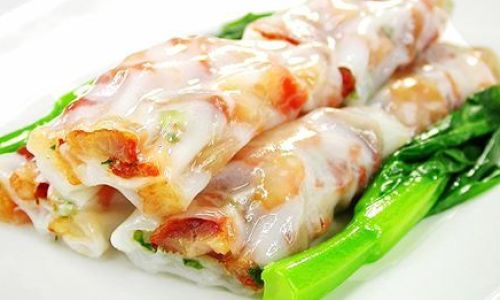
- Soy Sauce (Light and Dark): The backbone of the sauce, light soy sauce contributes saltiness and umami, while dark soy sauce adds color and a hint of caramelized sweetness. Opt for premium brands with natural fermentation processes for the best flavor.
- Oyster Sauce: A fermented condiment made from oysters, this ingredient imparts a briny, meaty depth. Vegetarian alternatives include mushroom-based oyster sauces.
- Sugar: Brown sugar or rock sugar is preferred for its molasses-like richness, though white sugar can substitute in a pinch. Sugar balances saltiness and enhances umami.
- Aromatics: Fresh garlic, ginger, and shallots form the flavor base when sautéed in oil. Their caramelization releases complex, sweet notes.
- Sesame Oil: Toasted sesame oil adds a nutty aroma and richness. Use sparingly, as its intensity can dominate.
- Stock or Water: A small amount of chicken or vegetable stock deepens the sauce’s body, while water serves as a neutral diluent.
- Star Anise and Cinnamon: These spices contribute warm, woodsy undertones. Toast them lightly before adding to unlock their full potential.
- Cornstarch Slurry: A mixture of cornstarch and water thickens the sauce to a glossy consistency, ensuring it clings to the rice rolls.
Tools and Equipment
- Wok or Saucepan: A wide, shallow pan allows for even heat distribution and efficient reduction.
- Fine-Mesh Strainer: Essential for removing solid aromatics and achieving a smooth texture.
- Mortar and Pestle: For grinding spices or crushing garlic and ginger into a paste.
- Thermometer: Useful for monitoring oil temperature when frying aromatics.
- Ladle and Whisk: For stirring and incorporating ingredients smoothly.
Step-by-Step Preparation
Preparing the Aromatic Base
Begin by finely mincing 4 garlic cloves, 2 shallots, and a 1-inch piece of ginger. Heat 2 tablespoons of vegetable oil in a wok over medium-low heat. Add the aromatics and sauté gently until golden and fragrant (approximately 3–4 minutes). Avoid browning, as this can introduce bitterness.
Infusing Spices
Introduce 1 star anise pod and a 2-inch cinnamon stick to the wok. Stir continuously for 1–2 minutes to toast the spices, releasing their essential oils. The kitchen should fill with a warm, inviting aroma.
Building the Sauce Base
Add ¼ cup of light soy sauce, 2 tablespoons of dark soy sauce, and 3 tablespoons of oyster sauce to the wok. Stir to combine, then pour in 1 cup of stock or water. Increase the heat to medium-high and bring the mixture to a simmer.
Sweetening and Thickening
Dissolve 2 tablespoons of brown sugar in the simmering liquid. In a separate bowl, whisk 1 tablespoon of cornstarch with 2 tablespoons of cold water to create a slurry. Gradually pour the slurry into the sauce, stirring constantly to prevent lumps. Reduce the heat to low and cook for 5–7 minutes, or until the sauce thickens to a syrupy consistency.
Finishing Touches
Remove the sauce from heat and stir in 1 teaspoon of toasted sesame oil. Taste and adjust seasoning with additional soy sauce, sugar, or a pinch of white pepper if desired. For a touch of heat, add a drizzle of chili oil or a minced fresh chili.
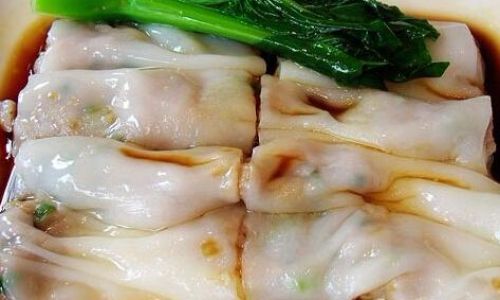
Straining and Storage
Pass the sauce through a fine-mesh strainer to remove solids, resulting in a velvety texture. Allow it to cool completely before transferring to an airtight container. Refrigerated, the sauce will keep for up to two weeks.
Advanced Techniques and Variations
Roasted Aromatics
For a deeper flavor profile, roast garlic and shallots in the oven until caramelized before adding them to the sauce. This method intensifies their natural sweetness.
Fermented Black Beans
Incorporate 1 tablespoon of fermented black beans (rinsed and minced) during the aromatic base stage for a pungent, savory kick.
Dried Shrimp or Scallops
Soak 2 tablespoons of dried shrimp or scallops in warm water for 20 minutes, then mince and sauté with the aromatics. This adds a briny, oceanic note reminiscent of traditional seafood-infused sauces.
Vegan Adaptations
Replace oyster sauce with a mushroom-based alternative and use vegetable stock. Add a splash of rice vinegar for brightness.
Spicy Variations
Introduce 1–2 teaspoons of doubanjiang (fermented chili bean paste) or Sichuan peppercorns during the simmering phase for a numbing, fiery twist.
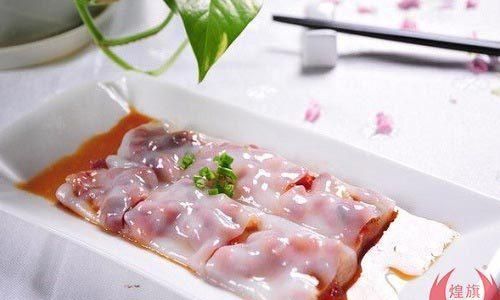
Troubleshooting Common Issues
- Sauce Too Salty: Balance with a pinch of sugar or a splash of water.
- Sauce Too Thin: Prepare an additional cornstarch slurry and whisk it in while simmering.
- Bitter Aftertaste: Ensure garlic and ginger are not browned; reduce cooking time if overcaramelized.
- Lack of Depth: Toast spices longer or add a splash of Shaoxing wine during simmering.
Serving Suggestions and Pairings
Cheong fun sauce is most traditionally paired with freshly steamed rice noodles, but its versatility extends beyond breakfast. Drizzle it over:
- Stir-Fried Vegetables: Broccoli, bok choy, or mushrooms gain complexity from a spoonful of sauce.
- Grilled Meats: Use as a glaze for char siu pork or chicken skewers.
- Noodle Dishes: Toss with chow mein or lo mein for an instant flavor upgrade.
- Dumplings: Dip steamed or pan-fried dumplings into the sauce for a burst of umami.
The Cultural Significance of Cheong Fun Sauce
Beyond its culinary role, cheong fun sauce embodies the philosophy of yin and yang in Cantonese cooking—the balance of opposing forces. Sweet and salty, hot and cold, crisp and tender—each element exists in harmony. For generations, families have passed down sauce recipes, each iteration a testament to personal history and regional identity. In modern times, chefs and home cooks alike continue to innovate, experimenting with ingredients like truffle oil, miso, or even coffee to create bold new interpretations. Yet, the essence remains unchanged: a sauce that nourishes the body and comforts the soul.
Conclusion
Crafting the perfect cheong fun sauce is a journey of patience, precision, and passion. By mastering the interplay of flavors, textures, and aromas, you unlock the ability to transform simple ingredients into a culinary masterpiece. Whether adhering to tradition or embracing innovation, remember that the best sauce is one that resonates with your palate and tells your story. So, roll up your sleeves, gather your ingredients, and embark on a flavor adventure that bridges centuries of culinary heritage. Your cheong fun—and your dinner guests—will thank you.
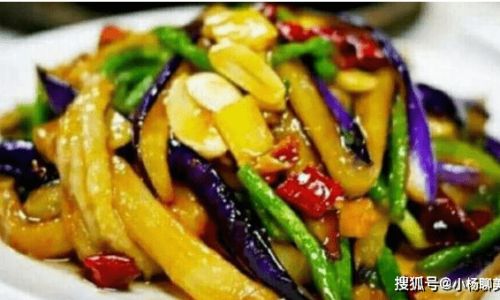
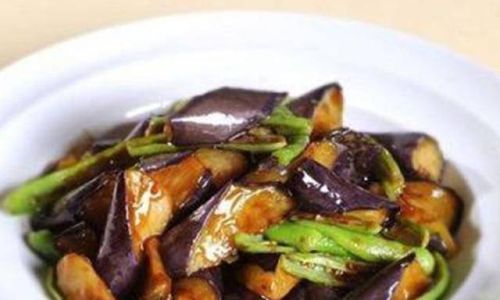

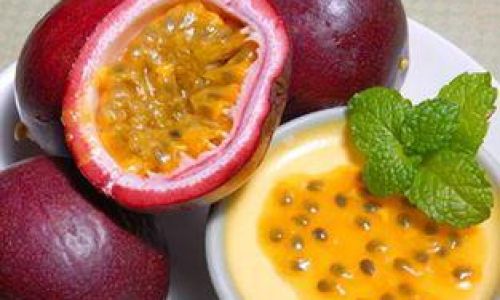
0 comments